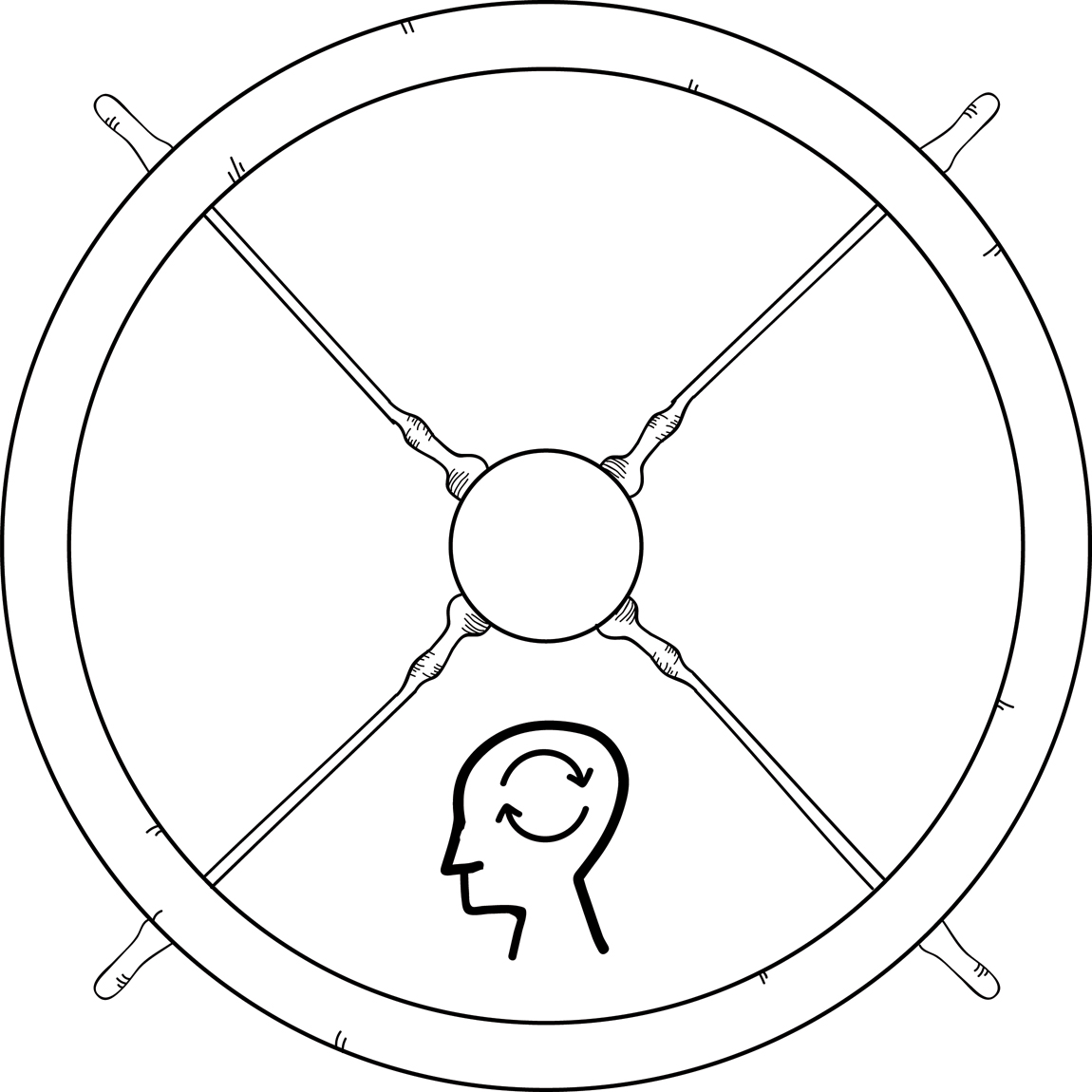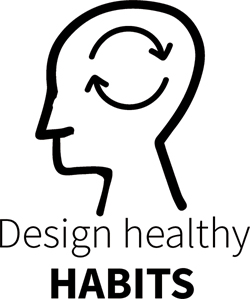4.3 Can you Anchor the Cultural Improvement?
We are what we repeatedly do. Excellence then, is not an act, but a habit.

Introduction Questions
1. Who are the heroes in your organization? Are they driving and supporting the healthy culture?
2. Which heroes are a personal example of the desired culture?

Who Are the Heroes of an Agile Culture?
The heroes or informal leaders of an agile culture are those people who are successful with their attitude and behavior, and their behavior is copied by others. They have so-called followers who also want to be successful and therefore copy the behavior. Heroes could have a positive or a negative contribution to the culture. When, for example, a person cheats, lies, and doesn’t help others but his behavior makes him successful and he is not corrected by the formal leader, his behavior is likely to be copied by others. And this disintegrates the culture. When a new person joins or steps up and he is successful by showing the opposite behavior and is being honest, vulnerable, and a real team player, that person can kind of fight the existing hero and get the informal leader status from the group. Then he can drive the new culture and, after a while, a total different vibe and atmosphere can emerge.
Because heroes need to be successful, a hero’s status is supported by the symbols like reports, lists, overviews, and bonuses. Because they are so successful and their behavior is copied by others, their behavior is resilient. It’s likely that they will show the same behavior repeatedly. This makes them the anchors of the culture. The heroes get their status from basic group dynamics—from the interaction between the people in the group. Because their mindset is copied and their behavior is followed by others, they retrieve the hero status. They have an informal influence on their environment.
To see why the existing culture is so hard to change and to anchor the new behavior in the culture, the agile leader has to develop a keen eye for these heroes. Successful agile leaders have a clear and concrete picture of what they expect from influencing people. The more concrete and tangible this image is, the easier he can recognize, appreciate, and support the right people. Guiding these heroes to the new way of working is in fact a very effective way of driving change. It’s not a change with a thick approach, milestones, and a lot of pressure and power. No, it’s the total opposite: a viral change. It’s a change that is ignited and self-spreads throughout the teams.
These informal leaders will be an example for the rest and will take the rest into the change. It can be concluded that the culture is anchored when the symbols and heroes are aligned. For that, it is important that the reports, overviews, and promotions stimulate the right heroes.
A Few People Define the Culture for Many
Looking at the culture through the paradigm of heroes creates a different perspective of cultural change. The agile leader has to focus only on a few heroes to change the culture of many. When these heroes show the new behavior, live the new habits, and provide personal examples of the agile culture, they will influence the rest. This creates a whole new mindset for the actual change. The agile leader starts a fire by influencing the right few heroes who will then influence the rest. This immediately emphasizes the importance of having the right heroes in the organization. When a wrong hero is influencing other people, the agile culture can’t thrive.
From group-dynamics perspective, the rest of the employees will have an almost impossible job to influence the wrong hero. This is the role and responsibility of the agile leader. He has to step in and take action. Often it drills down to two options:
Influence and convince the hero to change, or
Take hard measures and ultimately, if needed, fire the heroes who have a bad influence on the culture.
How Do You Anchor the Cultural Improvement?
After finding a cultural improvement, discovering the unhealthy habits, and designing new healthy habits to replace them, the last but not least step is to anchor the cultural improvement. Consider the following steps to really change the culture.
Change the symbols of the organization to promote the agile behavior. The symbols are things like reports, overviews, rules for promotion, and bonuses. If these symbols promote short-term thinking, such as working harder, not sharing knowledge, and covering mistakes, then these symbols decide who the heroes are. On the other hand, if symbols promote long-term goals, such as working together and working toward one goal, then agile heroes will thrive.
Spot the heroes. Who are rewarded or followed by the rest? Whose behavior is copied? Talk with these people one on one to understand their motivation, their passion, and their talents.
Talk openly with the group about what we expect from each other. Create a clear image of good behavior.
Make heroes successful with the new behavior, mindset, and attitude. This can be accomplished by mentoring existing heroes to adapt or by mentoring new heroes to stand up.
If needed, take drastic measures toward the wrong heroes. These are the weeds between the crops.
It can be concluded that informal leaders emerge or change by changing the symbols and at the same time coaching them during the change. In addition, these informal influencing people have the chance to change their colleagues. If they succeed in being an example to the rest with their new attitude and behavior, the agile culture can become a reality.
Now one more thing is important: the habits of the agile leader himself around the implementation of improvements and strategic points. How can an agile leader learn the good habits about decisions, improvements, setting goals, and giving direction—in other words, the habits that belong in an agile culture? In the next section, I’ll give a practical tool for this.
